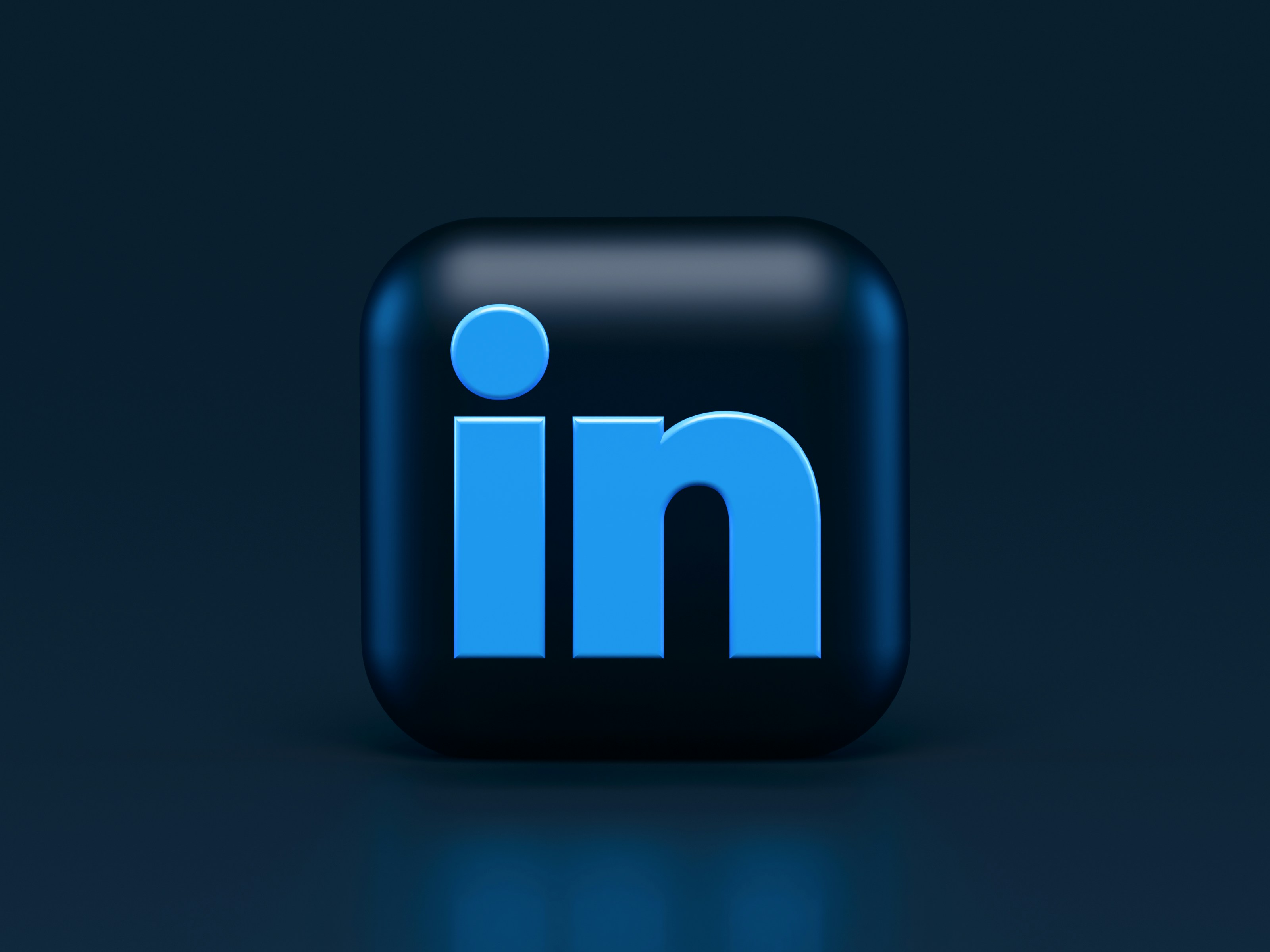
Ultimate Guide to Resume & LinkedIn Optimization: Stand Out in the Job Market
Introduction
In today's competitive job market, having a strong resume and LinkedIn profile is crucial. These tools not only showcase your skills and experience but also help you stand out to potential employers. With the rise of digital applications and automated screening systems, optimizing your resume and LinkedIn profile has never been more important. This comprehensive guide will walk you through the essentials of resume and LinkedIn optimization, helping you to create documents that catch the eye of hiring managers and pass applicant tracking systems (ATS).
The Importance of Resume & LinkedIn Optimization
Your resume and LinkedIn profile are your first impressions on potential employers. They serve as your professional brand, conveying your skills, experience, and accomplishments. In the modern job market, these documents must be optimized to ensure they not only capture the attention of human recruiters but also make it through automated systems like ATS. Failing to optimize your resume and LinkedIn profile can result in missed opportunities and prolonged job searches.
Crafting the Perfect Resume
Creating a compelling resume starts with understanding its key components: contact information, a professional summary, work experience, skills, and education. Each section plays a vital role in presenting your qualifications.
Start with your contact information, ensuring it is up-to-date and professional. Include your full name, phone number, email address, and LinkedIn profile link. Your professional summary should be a concise statement that highlights your key skills and career goals. Think of it as your elevator pitch, designed to grab the recruiter’s attention immediately.
Work experience is the heart of your resume. Here, you should focus on your achievements rather than just listing job duties. For each role, include the job title, company name, location, and dates of employment. Describe your responsibilities and accomplishments using action verbs and quantifiable results. For example, instead of saying "Responsible for sales," you might say "Increased sales by 20% in Q1 by implementing a new customer outreach strategy."
Skills should be tailored to the job you are applying for. Highlight both technical and soft skills that are relevant to the position. Use keywords from the job description to ensure your resume aligns with what the employer is seeking.
Education should include your degrees, the institutions you attended, and the dates of graduation. If you have relevant certifications or ongoing education, include those as well.
One crucial aspect of resume optimization is ensuring it passes ATS screenings. ATS are used by many employers to filter applications before they reach human eyes. To optimize for ATS, use standard headings, avoid complex formatting, and incorporate relevant keywords from the job description.
Enhancing Your LinkedIn Profile
Your LinkedIn profile is more than just an online resume. It’s a dynamic platform that allows you to showcase your professional brand, build a network, and engage with industry content. Start with a professional photo. Profiles with photos receive significantly more views and connection requests than those without. Choose a high-quality image where you look professional and approachable.
Your headline is the first thing people see after your photo. Make it compelling and descriptive, highlighting your current role or career aspirations. For example, instead of just "Marketing Professional," you could use "Digital Marketing Expert | Specializing in SEO & Content Strategy."
The summary section is your opportunity to tell your professional story. Write in the first person and provide an engaging narrative that highlights your career journey, key skills, and what makes you unique. This is also a good place to incorporate keywords relevant to your industry.
Detail your work experience just as you would on your resume, but take advantage of LinkedIn’s multimedia features. Add images, videos, presentations, or links to projects that showcase your work. This not only makes your profile more engaging but also provides tangible evidence of your accomplishments.
Skills and endorsements are an important part of your LinkedIn profile. Add skills that are relevant to your career and encourage colleagues to endorse them. These endorsements add credibility to your profile.
Building a network on LinkedIn is crucial for job search success. Connect with colleagues, industry professionals, and potential employers. Personalize connection requests to increase acceptance rates. Engage with content by liking, commenting, and sharing posts relevant to your field. Join LinkedIn groups related to your industry to expand your network and participate in discussions.
LinkedIn recommendations can significantly boost your profile. Ask colleagues and supervisors to write recommendations that highlight your skills and work ethic. Offer to write recommendations for others in return, which can also help build your network.
Common Mistakes to Avoid
Optimizing your resume and LinkedIn profile requires attention to detail. Avoid common resume mistakes such as typos, lack of customization, and poor formatting. Proofread your resume multiple times and consider having someone else review it as well. Customize your resume for each job application by incorporating relevant keywords and tailoring your professional summary and work experience to match the job description. Use a clean, professional format that is easy to read.
On LinkedIn, common mistakes include incomplete profiles, unprofessional photos, and lack of engagement. Make sure every section of your profile is filled out completely and accurately. Choose a professional photo that represents you well. Engage regularly with your network by sharing content, commenting on posts, and participating in discussions. An active and engaged profile is more likely to attract the attention of recruiters and potential employers.
Leveraging Both Tools for Maximum Impact
Your resume and LinkedIn profile should work together to create a cohesive professional brand. Consistency between the two is crucial. Ensure that the information on your resume matches what’s on your LinkedIn profile. Any discrepancies can raise red flags for recruiters.
Use LinkedIn to provide additional context and detail that might not fit on your resume. For example, if your resume lists a project you led, your LinkedIn profile can include a link to the project or a detailed description of your role. LinkedIn recommendations and endorsements can also support the claims made on your resume, providing social proof of your skills and achievements.
Conclusion
Optimizing your resume and LinkedIn profile is a crucial step in your job search. These tools serve as your professional brand, showcasing your skills, experience, and achievements. By crafting a compelling resume, enhancing your LinkedIn profile, avoiding common mistakes, and leveraging both tools for maximum impact, you can stand out in the competitive job market and increase your chances of landing the perfect job.
We hope this guide has provided you with valuable insights and strategies for resume and LinkedIn optimization. Visit our website to learn how we can help you on your professional journey. If you're ready to take the next step, book a free consultation and implement these strategies today.
Share your experiences and questions in the comments below – we’d love to hear from you!

